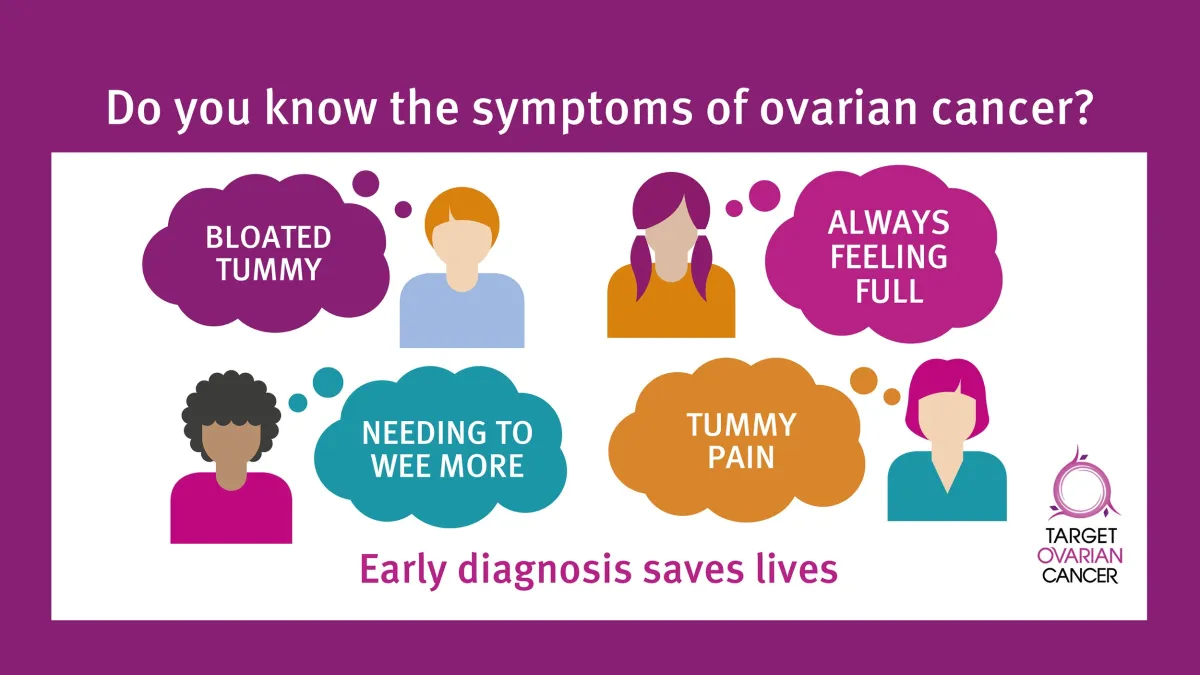Ovarian Cancer: Why Early Diagnosis Matters

Ovarian cancer is often called “the silent killer” because its early symptoms are subtle, vague, andeasily mistaken for everyday health issues like bloating, indigestion, or fatigue. This makes it one of the most difficult cancers to detect at an early stage. Yet, early diagnosis can be life-saving. In fact, studies show that ovarian cancer confined to the ovaries can be cured in up to 90% of patients.
For women seeking advanced and personalized ovarian cancer treatment in Dubai, Dr. Rajeev Kaushal, one of the most trusted oncologists in Dubai, provides state-of-the-art diagnostic and therapeutic care. Learn more about available ovarian cancer treatment in Dubai with tailored plans to suit each patient’s condition.
Why Is Early Detection So Important in Ovarian Cancer?
- Survival rates differ drastically by stage: Stage I ovarian cancer has a five-year survival rate of over 90%. , Late-stage diagnosis reduces survival to less than 30%.
- Only 20% of ovarian cancers are diagnosed early. This means the majority of women receive their diagnosis when the disease has already spread.
- Early diagnosis expands treatment options. Patients can benefit from less aggressive therapies and fertility-sparing options.
The Challenge: Ovarian Cancer Symptoms Are Often Overlooked
Ovarian cancer is tricky because symptoms mimic common conditions. Some early signs include:
- Persistent bloating
- Pelvic or abdominal pain
- Feeling full quickly while eating
- Frequent urination
These may seem harmless, but when they persist, they need medical attention. The key is recognizing that these vague symptoms may be early warning signs.
Why Ovarian Cancer Is Called a “Silent Killer”
Doctors often refer to ovarian cancer as the silent killer with subtle, vague symptoms. Unlike breast or cervical cancer, ovarian cancer lacks an effective standalone screening test. Without clear early warning signals, many cases remain undetected until advanced stages.
Ovarian Cancer Screening: Current Approaches
There is no routine screening test for ovarian cancer, unlike mammograms for breast cancer or colonoscopies for colon cancer. However, doctors may use:
- CA125 blood test – detects elevated protein levels linked to ovarian cancer, but not always reliable on its own.
- Transvaginal ultrasound (TVUS) – provides detailed imaging of ovaries.
- Combined approach: Transvaginal ultrasound combined with rising CA125 improves specificity in early detection.
The Role of Multimodal Detection Strategies
Researchers are exploring multimodal assessments based on dynamic algorithmic models that combine imaging, blood tests, and biomarkers for improved accuracy. Early trials suggest that two-stage screening—using blood markers first and imaging second—can help detect ovarian cancer earlier.
Emerging Biomarkers in Ovarian Cancer Diagnosis
Beyond CA125, new research highlights promising markers like:
- HE4 (Human Epididymis Protein 4)
- miRNA signatures
- Circulating tumor DNA (ctDNA)
- Liquid biopsy approaches
These may play a key role in future ovarian cancer screening programs.
Who Is at Higher Risk of Ovarian Cancer?
While ovarian cancer can affect any woman, risk factors include:
- Family history of ovarian or breast cancer
- BRCA1/BRCA2 gene mutations
- Early menstruation or late menopause
- Never having been pregnant
- Advancing age
Women with these risks may require earlier and more frequent assessments.
Signs of Early Ovarian Cancer That Shouldn’t Be Ignored
Doctors stress the importance of recognizing persistent symptoms such as:
- Ongoing bloating for more than 3 weeks
- Unexplained weight loss
- Changes in bowel habits
- Pain during intercourse
Trust your instincts—if symptoms persist, it’s worth consulting a gynecologic oncologist.
How Early Diagnosis Saves Lives
- Preserves fertility: Younger women diagnosed early may opt for fertility-sparing surgeries.
- Reduces treatment intensity: Early-stage patients often require less chemotherapy or radiotherapy.
- Improves quality of life: Early treatment minimizes long-term complications.
Why Ovarian Cancer Is Hard to Diagnose Early
- Lack of an effective standalone screening test
- Symptoms often overlap with common gastrointestinal or urinary problems
- General lack of awareness among women about early warning signs
Future of Ovarian Cancer Detection
The future lies in:
- Liquid biopsies for minimally invasive detection
- Genomic testing for personalized risk assessment
- Artificial intelligence (AI) algorithms to analyze risk factors and imaging more precisely
Why Choose Dr. Rajeev Kaushal for Ovarian Cancer Treatment in Dubai?
- Expertise in early diagnosis strategies and advanced treatment
- Access to the latest multimodal ovarian cancer detection strategies
- Compassionate, patient-first approach
- Evidence-based care at one of the best cancer hospitals in Dubai
Discover more about specialized ovarian cancer treatment in Dubai with Dr. Rajeev Kaushal’s expert team.
FAQs About Ovarian Cancer and Early Diagnosis
1. Why is ovarian cancer often detected late?
Because symptoms are vague and no routine screening exists, most cases are diagnosed at advanced stages.
2. What is the survival rate for early-stage ovarian cancer?
Stage I ovarian cancer has a five-year survival rate of over 90%.
3. Can ovarian cancer be cured if caught early?
Yes, ovarian cancer confined to the ovaries can be cured in up to 90% of patients.
4. Are there reliable screening tests for ovarian cancer?
Currently, no standalone test exists. However, CA125 tests combined with transvaginal ultrasound improve accuracy.
5. What new methods are being studied for early detection?
Emerging biomarkers like HE4, miRNA, and ctDNA, along with liquid biopsy and AI-based models, show promise.
Call to Action
If you or a loved one has concerns about ovarian cancer symptoms, don’t wait. Early diagnosis can make the difference between life and death.
👉 Book a consultation with Dr. Rajeev Kaushal today to explore advanced ovarian cancer treatment in Dubai and protect your future health.
